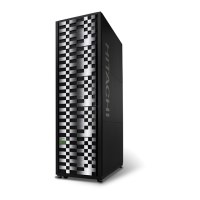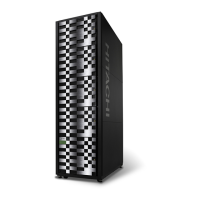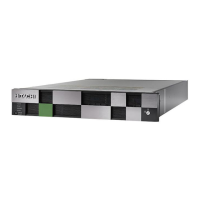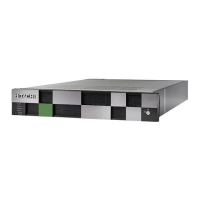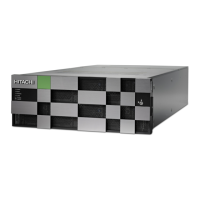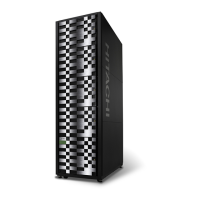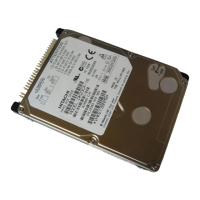Note that I/Os from the host might be resumed automatically.
Result
The failed path is operating again.
Related topics
• About global-active device failures on page 5-22
Discontinuing a global-active device environment
To discontinue the use of a global-active device environment, you must
delete remote path settings, delete and unvirtualize the quorum disk, delete
the command devices for pair management servers, and delete the virtual
storage machine.
Prerequisites
• Data on affected global-active device pairs has been saved.
• All global-active device pairs are unallocated, or the global-active device
S-VOLs unallocated leaving normal volumes in use by hosts.
Procedure
1. Delete global-active device remote path settings.
a. On the Resources tab, right-click the target storage system, and
select Remote Connections.
b. To delete a remote path, select a remote connection to be deleted in
the Connections (To) tab, and then select Remove Remote Paths.
c. To delete all remote paths allocated to the secondary storage system
on the primary storage system, select the remote connections to be
deleted in the Connections (To) tab, and then select Remove
Remote Connections.
2. Delete and unvirtualize the global-active device quorum disk.
a. On the Resources tab, in the Storage Systems tree, select and
then right-click the target storage system. From the menu, select
Remote Connections.
b. In the Remote Connections window, on the Quorum disk tab,
select the quorum disk, confirm it is correct, and delete it.
Note:
To delete a quorum disk, all global-active device pairs that use
the quorum disk must be unallocated.
c. From General Tasks, select Unvirtualize Volumes. In the
Unvirtualize Volumes dialog box, select the external storage system
(quorum) and the internal storage system (primary or secondary
Using Hitachi Command Suite to set up global-active device
5-23
Hitachi Virtual Storage Platform G1000 Global-Active Device User Guide

